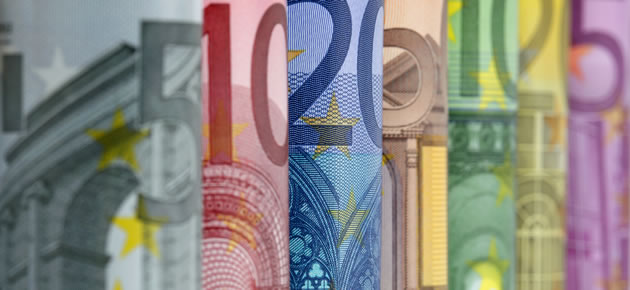As the local session progressed the Euro put on a mixed performance against the Australian Dollar.
During Australasian trading the commodity-driven ‘Aussie’ strengthened against several of its rivals in response to surprisingly upbeat domestic construction figures.
Figures compiled by the Bureau of Statistics showed a 0.3 per cent increase in the value of construction work done in the first quarter of the year.
Economists had anticipated a 0.5 per cent decline.
Residential work was the driving force behind the construction improvement, but engineering work had slumped by 1.6 per cent quarter-on-quarter.
The value of construction work done stood at $53.6 billion at the end of the first quarter of 2014.
Separate figures showed that Australia’s CBAHIA house affordability index rose from a positively revised 75.6 in the fourth quarter of last year to 77.2.
However, Australia’s Westpac leading index did slump by 0.5 per cent in April, month-on-month, after stagnating in March.
According to Westpac; ‘The May Leading Index reading is the weakest since late 2011 when the Reserve Bank of Australia embarked on its latest interest rate easing cycle. At that time, Europe’s sovereign debt crisis was in full swing and consumer sentiment had slumped heavily. The latest decline has also been associated with a sharp fall in consumer sentiment and deteriorating external conditions including declining commodity prices and slowing growth in US industrial production.’
The Australian Dollar fluctuated modestly after these reports were released but ended local trading flat.
Meanwhile, the Euro was moved this morning by economic reports for the Eurozone.
Firstly, Germany’s Import Price Index fell by 0.3 per cent in April, month-on-month, rather than stagnating as expected.
On the year the import price index was down by 2.4 per cent, more than the -2.2 reading anticipated.
Then Germany’s unemployment data showed an unexpected increase in the number of jobless in the nation.
The amount of unemployed persons in Germany increased for the first time in six months in May, rising by 23,937 instead of falling by the 15,000 expected.
The seasonally adjusted German unemployment rate held at 6.7 per cent.
After the data was published the Euro was trading in the region of 1.4738 against the Australian Dollar having hit highs of 1.4767.
Later today further Euro to AUD volatility could occur in response to the Eurozone’s consumer confidence report. The final figure for May is expected to confirm a reading of -7.1.
Of course Australia’s private capital expenditure and new home sales data could also have an impact on the pairing.
Euro (EUR) Exchange Rates
[table width=”100%” colwidth=”50|50|50|50|50″ colalign=”left|left|left|left|left”]
Currency, ,Currency,Rate ,
Euro,
Euro,
Euro,
Euro,
Euro,
[/table]
